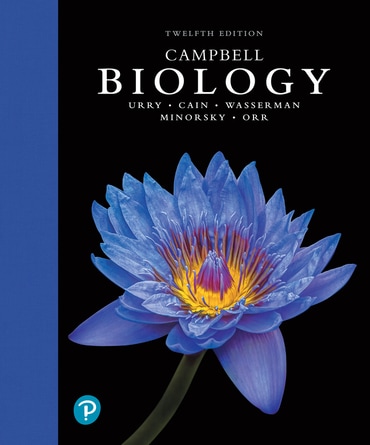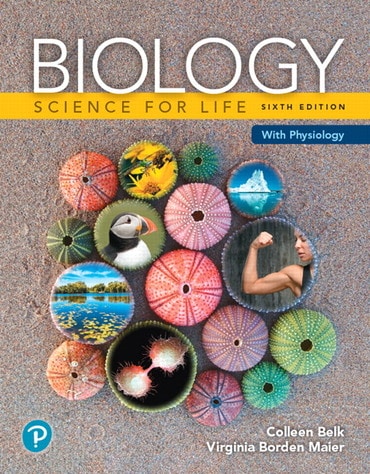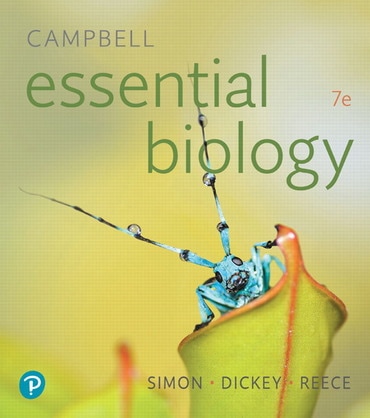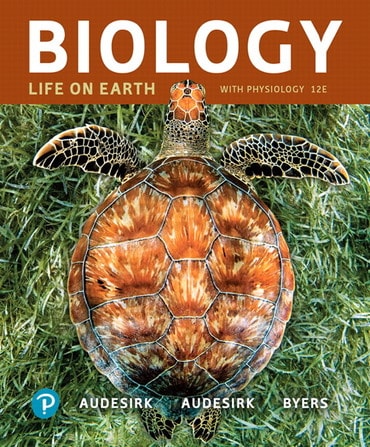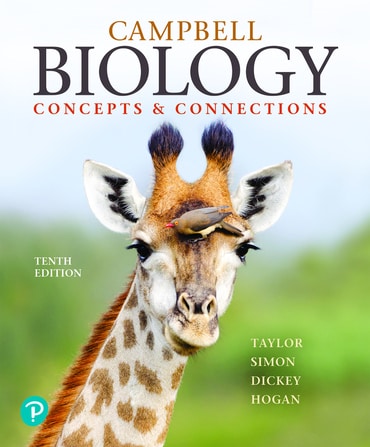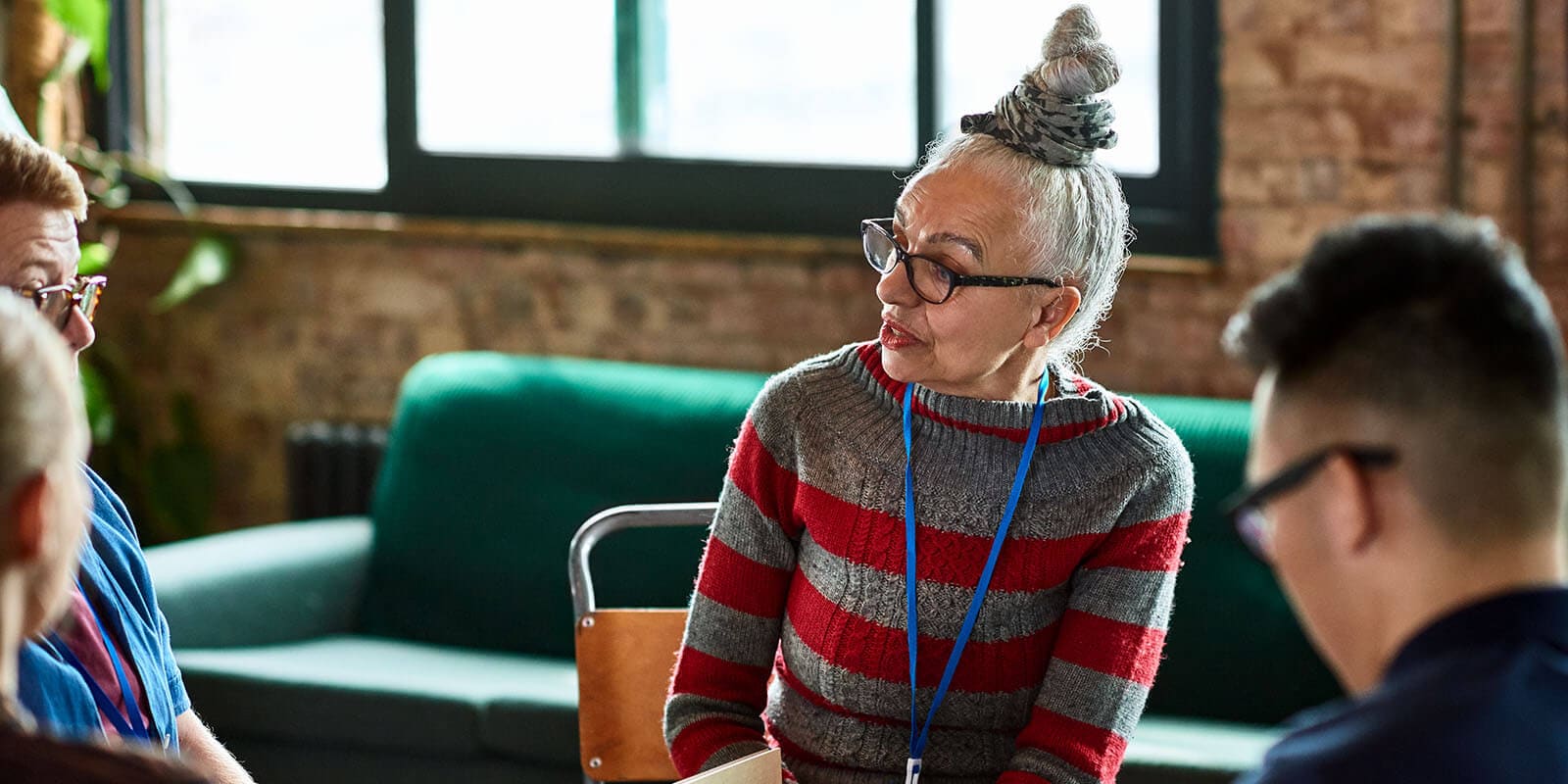Join Dr. Lourdes P. Norman-McKay to explore ways to shape students' STEM identity as a means of encouraging success and retention of underrepresented groups in STEM disciplines.
Biology
Engage and prepare students for success
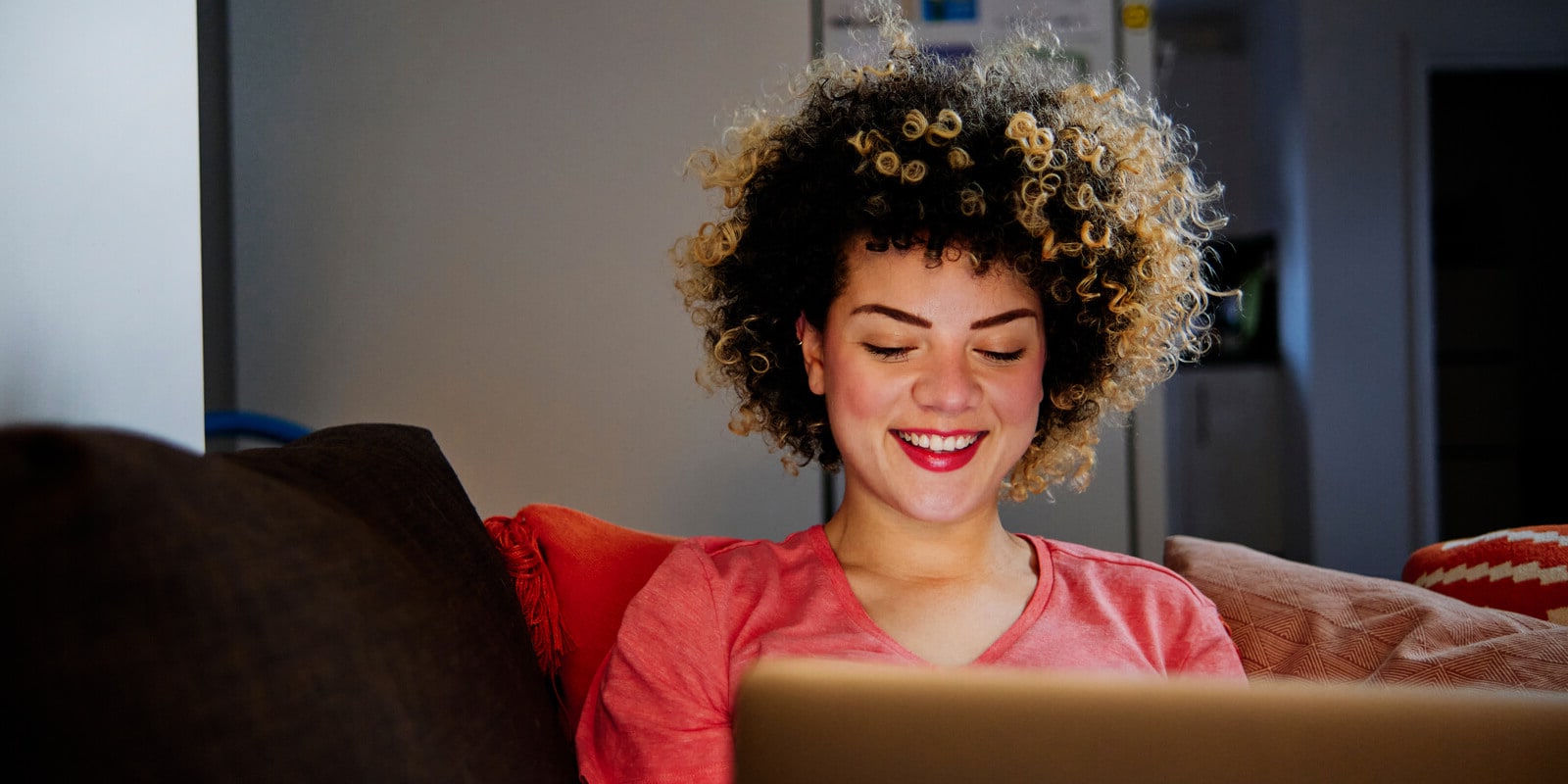
Mastering Biology
Learn how Mastering® Biology helps actively engage students, identify struggling students and drive learning outcomes.

Pearson Interactive Labs
Pearson® Interactive Labs provide a comprehensive online lab experience with real-world scenarios and guided feedback.

Pearson+
Empower students to choose how they learn best with easy-to-use eTextbooks and study tools, available in Pearson+.
Majors Biology



Non-majors Biology





Explore titles for Majors Biology and Non-majors Biology
Join Dr. Justin R. St. Juliana for a presentation on online labs, including the pedagogy behind online biology labs, how to incorporate and implement them into your course, and how to keep your students engaged.
-
The top 7 Mastering features you should be using
Upon mastering a course, it’s etched in our minds along with much satisfaction and pride. That’s what happens for faculty and students alike using Pearson’s Mastering® platform. It supports active, engaging, and immersive experiences while lightening the teacher’s workload.
You will see its interactive tutorials, real-time analytics, and tailored feedback become indispensable tools as you help prepare students for their academic journeys.
We’ve rounded up seven of Mastering’s best features that are sure to help the way you teach, engage, and ensure your students success.
7 Mastering features you can start leveraging today —
Dynamic Study Modules pose a series of question sets about a course topic that adapt to each student’s performance and offer personalized, targeted feedback to help them master key concepts. They can use their computer or the MyLab and Mastering app to access Dynamic Study Modules. Available for select titles.
Early Alerts help identify struggling students as early as possible — even if their assignment scores are not a cause for concern. With this insight, you can provide informed feedback and support at the very moment students need it, so they can stay — and succeed — in your course.
Gradebook records all scores for automatically graded assignments. Struggling students and challenging assignments are highlighted in red, giving you an at-a-glance view of potential hurdles students may face throughout your course.
Performance Analytics track student performance against specified learning outcomes at both the individual student and class level. Mastering problems are tagged to publisher-provided learning outcomes or added to course-specific, department-wide, or institution-wide learning outcomes.
Learning Catalytics allows you to pose a variety of questions to help students recall ideas, apply concepts, and develop critical-thinking skills. Students can respond using their smartphones, tablets, or laptops.
Pearson+ powers your eTextbook, which can be accessed directly in your Mastering course. You and your students can dive right into the course eTextbook — take notes, make highlights, and review flashcards — and even listen to your book at home or on the go with the Pearson+ mobile app. Together, Mastering and Pearson+ give your students an all-in-one learning experience.
Scheduled Reading assigns a chapter or specific section to hold students accountable for their reading and help them prep for lectures, homework, and quizzes. Scheduled Readings populate to each student’s assignment page, and you can now link readings directly to Mastering assignments.
With real-time insights from Mastering’s analytics dashboard, you can personalize your lectures and labs, keeping pace with student life today while helping to boost student performance.
By putting more Mastering tools to work, you can help develop more confident, competent learners eager to embrace complex scientific challenges through mindful, meaningful ways and help them improve results.
-
Making Room at the Table: Creating Inclusive Classrooms
Most of us teaching college today have encountered the drives and initiatives to create inclusive classrooms. The pandemic and debates over social justice have challenged many of us to examine and re-examine how and what we teach. Safety protocols, strong debates over the role of diversity, equity and inclusion in higher education may have left many teachers feeling burned out with adjusting.
With the enormity of changes in education, we sometimes need to take a breath and think about small changes we can make to yield big results for student success. James Lang writes in Small Teaching; we should consider taking “an approach that seeks to spark positive change in higher education through small but powerful modifications to our course design and teaching practices.”
I needed to find descriptions of what an inclusive classroom looks like or explanations of some of the terms used in these initiatives. I discovered this from the Office of Diversity and Inclusion at the University of Central Florida, “In an inclusive college classroom, the participants work together to create and maintain a climate of openness and respect that encourages individuals to share their perspectives and thought for the purposes of mutual understanding, growth, and development. Inclusive classrooms are welcoming, secure, diverse, and interactive. In an inclusive college classroom, instructors strive to be responsive to students as individuals with many intersectionalities, as well as cognizant of students’ uniqueness and value in relationship to the broader classroom culture.”
Intersectionality is the interconnection of social constructs such as race, class, and gender. And this construct applies to both individuals and groups. Intersectionality creates overlapping and interdependent systems that may foster discrimination and disadvantage, or conversely, may create privilege and entitlement.
How can we help our students develop attitudes that accept our differences and allow each individual room at our tables to be who they are, feeling comfortable, accepted, and welcomed? How do we address the almost infinite differences intersectionality creates with all the diverse opinions, ages, backgrounds, races, religious, sexual identities, gender identities and educational backgrounds, abilities and capabilities?
This just seemed absolutely daunting to me when I considered the vast and varied intersectionality presented in each of my students’ lives. However, after reading Lang’s Small teaching I felt more empowered to make changes in my teaching and course-room designs.
-
#BreakTheBias in Biology
74% of women believe all types of bias and discrimination are still making it difficult to find new career opportunities, according to the findings in our Global Learner Survey. This International Women’s Day, we envision a world without bias, one that is inclusive and equal, where differences are celebrated. Drs Lourdes Norman McKay & Lisa Urry are educators, authors, and biologists working towards equality in their fields. Below they share their experiences as women in science and their hopes for the future.
What was it like for you in the early stages of your career as a woman in science?
Lourdes: I would say early on it was it was rather challenging. I wouldn't say it was academically difficult for me so much as it was an emotional challenge. I ended up constantly having to prove myself, over and over again, much more so than a lot of my male peers. It’s a recurring theme I hear from other women scientists, so it's nice that I wasn't alone, but it's also disappointing that that's still often the case for women in STEM.
Lisa: When I was in graduate school in the nineties, it was tough for women. I remember there was a class of graduate students a few years behind me – 30 students, eight of which were women - that came to me for help. They all occupied the same office and there were four men in particular that were harassing them badly during the entire year.
They felt like they should be able to handle it themselves, but they ended up coming to us and we publicly acknowledged this and let everybody know it was not OK. I followed up with those four women, and I think only one or two of them are still in biology. And those four guys are all still in biology.
There were a lot of subtle biases against women, and even now women's voices don't get heard as often.
Are you seeing the same challenges for young women entering STEM now?
Lourdes: A big thing that still is facing women in STEM is the career or family versus career and family, which is disappointing. So many women are having to make decisions between those things rather than being given the chance to blend them successfully.
I said to one of my young coworkers, you shouldn't apologize so much for being a mother. And it's not that she was really apologizing for being a mother but that was the situation she was struggling with emotionally. She didn't want to it come across as “dropping the ball” now that she had a child.
I remind young women in the workplace not to be so apologetic. It's OK that your child is sick, and it's OK if you get sick, and it's OK if you take a day off. We're human beings, and we should not have to feel that we have to do twice as much to prove ourselves.
Lisa: There still is a lot of bias and it's still something we have to be really careful about. And not only against women but transgender and non-gender binary people. 50% of the students don't identify as binary genders at my school, and it's really important to have all these voices at the table.
There’s a study by a group of women researchers who were studying birds and birdsong. They found something no one had ever found before – female birds have their own songs. Usually, these research teams have been all men, who had found the male bird song but hadn’t identified any female birds. None. And it just goes to show science is not objective, it's subjective. And I think it's important for the progress of biology that we include all people and have a wide variety of voices and viewpoints at the table. We need Black biologists, we need women biologists, we need people that are not as represented.
What are you hopeful for?
Lourdes: I'm hopeful for a time when your gender is not important at all to the career that you choose. And I would say this for men and women. You know, a lot of men want to go into nursing and it's a feminized area, just like teaching is, and there shouldn't be any sort of perception as to who is a nurse who is a teacher. And there should also definitely not be any perception as to who is a scientist.
I look forward to the day when a young woman who says she's a scientist isn't told, “Well, you don't look like a scientist.” To be accepted in the discipline she's pursuing. To avoid harassment and all the challenges that so many women in STEM report and have experienced, myself included. So, I want that for my daughter and for all the young women out there who pursue this career path. And I think hearing those voices from women encourages more women to speak out about how we want to see our workplaces change; how we want to see STEM change. And that's important because it changes the culture, and it can change behavior.
Lisa: I'm hopeful for institutions supporting women as they're starting their careers, making them feel included, wanted, and that their contributions are valued because they have unique contributions to make. And this includes trans people, LGBTQ+, disabled people, BIPOC, and groups of people that have been marginalized, pushed aside – not made to feel welcome in biology and other sciences. It's really important to value all biologists and not just the ones who are established white men.
Hear more about how we can #BreakTheBias in STEM in our webinar Intentionally Cultivating STEM Identity to Promote Diversity & Inclusion featuring Dr. Lourdes Norman-McKay.
